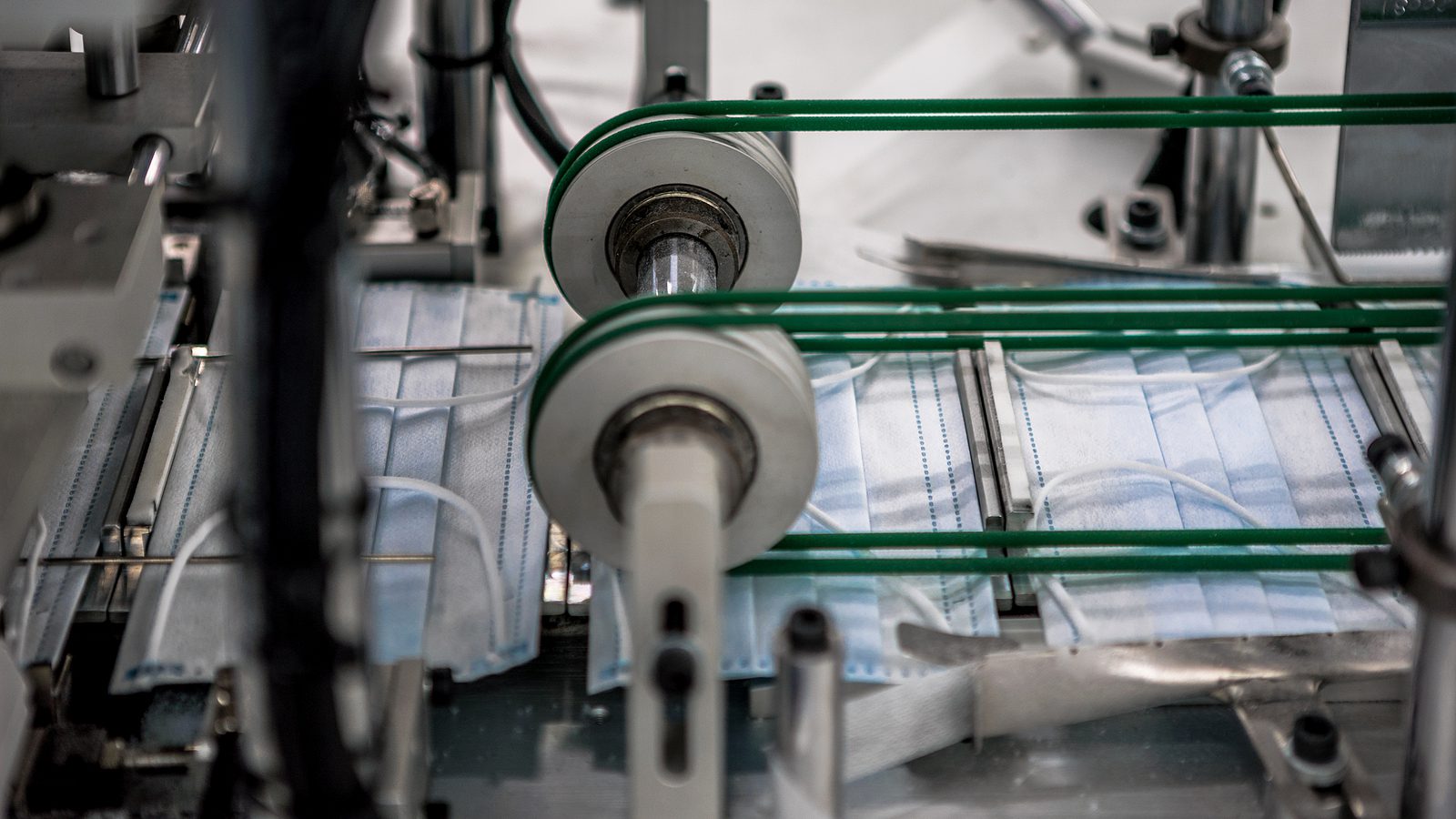By Laser 1 Technologies
IIoT: Industrial Internet of Things
The IoT is becoming an increasing part of daily life, in the home and on the manufacturing floor. At home, people are embracing Wi-Fi enabled thermostats, speakers, doorbells and security cams.
In manufacturing, this technology is making changes on a larger scale than ever. A recent article on the Wired website gets the lowdown from Robert Schmid, Deloitte Digital IoT chief technologist.
The Industrial Internet of Things (IIoT) derives its power from networked sensors and intelligent devices. Placed in machinery on the manufacturing floor, these networked devices collect data and crunch it through artificial intelligence and predictive analytics.
Predictive Maintenance
One of the most valuable expressions of IIoT is predictive maintenance. Sensors placed in a piece of machinery analyze factors including vibrations, sound frequencies, and temperature to determine whether it’s working within its normal condition. Digital devices can perform this condition monitoring far more effectively than a human can.
This technology enables equipment to be maintained before it fails and goes out of service, shutting down production. Schmid cites one example where such predictive maintenance enabled a company to avoid building an additional $25 million production line, because the technology improved overall equipment effectiveness by 9%.
Further, connected sensors can diagnose where the problem is when a machine goes down, automatically generate a service request, and alert operators, supervisors and/or engineers about the problem. Both equipment downtime and unsafe operation conditions are prevented.
Location Tracking by IoT
Sensors can also be used to monitor locations of moving items: tools, product, even workers. Imagine a potentially dangerous work space such as an oil well or a mine: monitoring worker location could save lives in the event of an emergency or evacuation.
In some environments, keeping tools organized and easily located by employees demands a lot of resources. One example cited refers to workers spending 47% of their time hunting for the right tools, pre IIoT. When those tools can be located by Wi-Fi enabled sensors, workers can become exponentially more productive.
Leasing May Prevail
Schmid anticipates we may see a sea change in ownership of high-value equipment. Following in the footsteps of SaaS (software as a service), this category of equipment may increasingly be leased. Once outfitted with built-in sensors, such equipment may be marketed as both a product and a service, with the owner taking responsibility of all repairs, upgrades and maintenance.
The Industrial Internet of Things promises to be a game changer in the future of manufacturing. Is it on your radar, for your plant? It’s definitely on mine.




